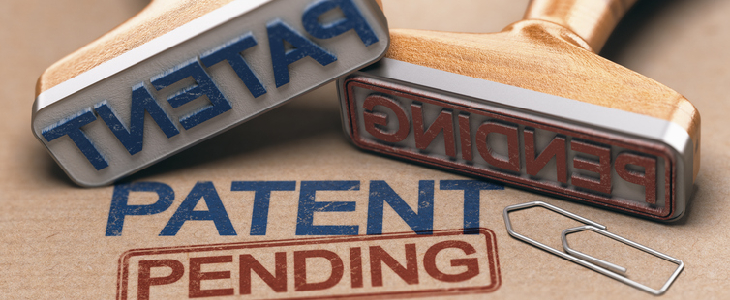Drafting effective patent claims is a key step in protecting your invention. This process defines the boundaries of your intellectual property rights, determining what is covered and what is not. Achieving the right balance between breadth and specificity can be challenging, yet it’s essential for ensuring your patent withstands legal scrutiny and competitor challenges. In this blog, we’ll look at techniques for crafting strong claims and highlight common pitfalls to avoid. Gearhart Law has many years of experience drafting claims for patent applications.
Understanding Patent Claims
Patent claims are the heart of a patent application, serving as the legal definition of the invention’s scope. These claims delineate the boundaries of protection, specifying what the inventor claims as their exclusive right. Precision in these descriptions is paramount; a well-drafted claim can be the difference between broad protection and vulnerabilities to infringement. The art lies in crafting claims that are neither too broad to be challenged nor too narrow to be easily circumvented. Understanding the nuances between independent and dependent claims also plays an important role. Independent claims stand alone to describe a unique aspect of the invention, while dependent claims refer back to and further limit an independent claim, adding layers of protection.
Techniques for Drafting Effective Claims
To draft effective patent claims, consider these key techniques:
- Start with Broad Independent Claims: Begin by drafting independent claims that broadly cover the concept of your invention. This sets a strong foundation, ensuring a wide scope of protection. Subsequently, refine these broad statements to precisely encompass the inventive aspect, balancing breadth with the necessity of avoiding prior art.
- Employ Clear and Unambiguous Language: Utilize terms that are specific and well-understood in your field. Avoid ambiguous language that could lead to multiple interpretations, ensuring that your claims are interpreted consistently by examiners, judges, and potential infringers.
- Incorporate Flexibility with Specificity: While being specific about the technical aspects of your invention, ensure your claims are flexible enough to cover potential variations. This approach helps in capturing the essence of the invention while safeguarding against easy workarounds by competitors.
- Utilize Dependent Claims for Detail and Variation: Use dependent claims to drill down into specific embodiments of your invention. This stratagem not only adds layers of protection but also helps in delineating your invention’s scope against the backdrop of existing technologies.
Implementing these techniques with a strategic mindset significantly enhances the robustness of your patent claims, offering a stronger shield against infringement and competition.
Common Pitfalls to Avoid
Avoiding common pitfalls in patent claim drafting is crucial for securing robust patent protection:
- Avoid Overly Broad or Vague Language: Drafting claims that are too broad or use vague terms can lead to rejection for lack of specificity or enablement. Ensure your claims are precise and clearly define the invention’s boundaries.
- Do Not Neglect Prior Art: Failing to adequately consider existing patents and publications can lead to claims that are not novel or are obvious. This oversight might invalidate your patent or severely limit its scope.
- Beware of Overlooking Potential Infringements: Draft claims with an eye toward potential infringement scenarios. Claims that are too narrow may offer little protection against slightly modified competing products. Balance is key to drafting claims that are both enforceable and difficult to circumvent.
Contact an Experienced Patent Claims Attorney
At Gearhart Law, our team of experienced patent attorneys is ready to assist you in crafting strong, enforceable patent claims. We understand the intricacies of patent law and are committed to protecting your innovations. Reach out to us for personalized guidance and support through every step of the patent process.


